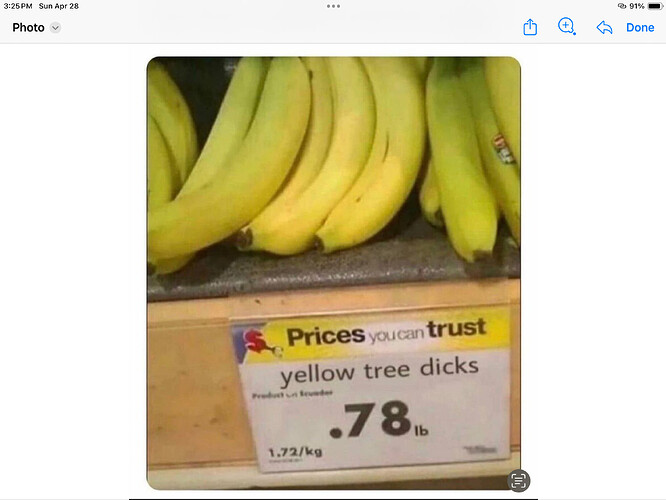I suspect most humans are revolted by the smell long before any such material comes anywhere near the taste buds.
Substances such as aphid honeydew might prove an exception here, because it’s basically sugary water, but I don’t recall any literature citing the collection of sufficient amounts to test.
Mind you, coprophagy is fairly widespread in the biosphere - dung beetles being obvious examples, along with various fly larvae. Though these organisms tend not to be specific with respect to the source of said dung - they’ll select pretty much the deposits of any mammal that’s badger sized or larger, and on the African savannahs, elephant dung is quite a prize for a dung beetle because of the sheer quantity available in relation to the beetle’s body size.
However, there are some interesting examples of insects who are very specific in their choice of dung source. The Lepidoptera provide some eyebrow raising examples.
Take foe example Scatochresis innumera, a micro-moth from the Family Oecophoridae. The entire larval development phase of this moth is spent munching on possum dung, and the larvae have never been found in any other medium.
The closely related Scatochresis episema is likewise an extreme specialist, its larval home of choice being koala dung. Koala droppings are, surprisingly, something of a popular choice: another close relative in the Oecophoridae, namely Telanepsia stockeri, is another koala dung specialist, and I suspect several others are waiting to be discovered.
Then we have sloths. Which have the interesting habit of storing up their dung in the bowels, then descending from the treetops to take a ginormous dump at ground level, before heading back to treetop safety.
This provides opportunities for other moths. Cryptoses choloepi is one such sloth dung specialist, belonging to the Family Pyralidae. Indeed, this is but one of no less than five species of sloth dung moth. Two other Cryptoses species, namely C. waagei and C. rufipictus, join the fray, and then we have Bradypophila garbei, another Pyralid, and a member of the Crambidae, Bradipodocola hahneli. This latter species lives its adult life in the weird micro-ecosystem formed by the mosses and algae growing in the fur of sloths.
Closer to home for those living in the UK, there’s an odd insect known for some strange reason as the Maid of Kent, Emus hirtus. This isn’t a dung beetle, instead it’s a rove beetle (Family Staphylinidae), which is restricted to Elmley Marshes in Kent. It doesn’t utilise the dung for food, but instead as a hunting ground for its prey, which consists of the numerous species that take up residence in cow pats.
Yes, biology is weird at times. But if there’s any organic material present in the environment, you can be sure some organism will exist to metabolise it, and not just bacteria either.
At some point I’ll have to introduce everyone to the hilarity that is Placobdelloides jaegerskioldei, otherwise known as the Hippo Arse Leech. Not a coprophage, but a blood feeder, and one that’s only ever been observed reproducing in the rectal passage of the hippopotamus.
